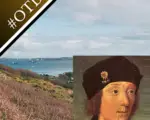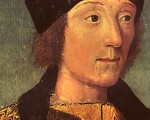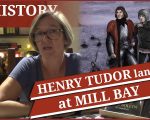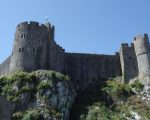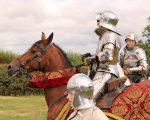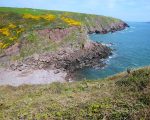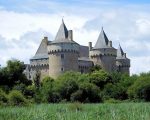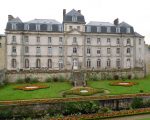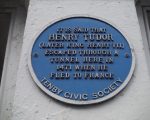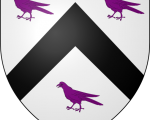On this day in history, Sunday 7th August 1485, Henry Tudor, son of Lady Margaret Beaufort and the late Edmund Tudor, Earl of Richmond, “came unto Wales”, returning from exile in Brittany to claim the throne of England from Richard III.
Polydore Vergil records Henry’s return:
“Than Henry, thinkinge yt nedefull to make haste, that his arrive the frinds showld not be any longer kept in perplexytie betwene hope and drede, uncertane what to do, after he had made hisprayers to God that he might have an happy and prosperousjourney, he lowsyd from the mowth of Seyne with two thousand onely of armyd men and a few shippes, the calends of August, and with a soft suthren wynde. The weather being very fayre he came unto Wales the 7th day after, a lyttle before soone set, wher, entring thaven caulyd Milford, and furthwith going a land, he took
first a place the name wherof ys Dalley, wher he herd that certane companyes of his adversaryes had had ther stations the wynter by past to have kept him from landing. From thence departing in the breake of dav he went to Haverforde, which vs a towne not xne. myles from Dalley, wher he was receavyd with great goodwill of all men, and the same he dyd with suche celerytie as that he was present and spoken of all at once.”
[Read More...]


